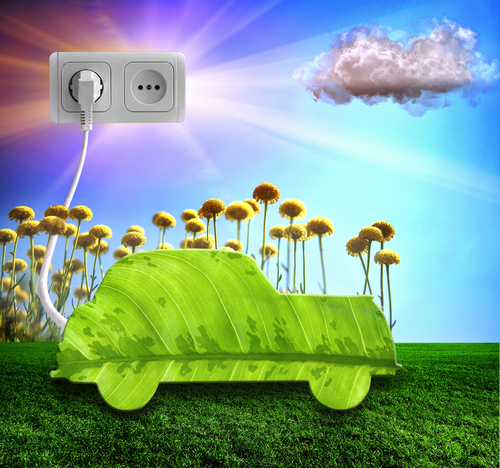Resources for Choosing Cleaner, More Efficient Vehicles
 |
The U.S. mandate to eliminate leaded gasoline became effective on January 1, 1996, following the gradual reduction of lead in gasoline that began in the early 1970s. But that was just the first step to reduce toxic air pollution from a variety of mobile sources aimed at specific pollutants and sources. Since then, the EPA and other federal agencies and departments have developed programs and guidance to help everyone reduce mobile source air pollution.
Choice is key to U.S. drivers and that includes the vehicles they drive and the fuels they use. But making the most cost-effective and fuel-efficient choices requires comparisons that can become pretty involved for the average vehicle buyer. To help eliminate some of the hassle, the EPA and the Department of Energy (DOE) offer several handy resources, including:
The Green Vehicle Guide, which helps vehicle purchasers locate information about which vehicles are “more efficient and less polluting.” The website http://www.epa.gov/greenvehicles/index.htm offers information about each of the different vehicle technologies on the road today, including both conventional gasoline and diesel vehicles and alternative fuel vehicles, including ethanol fuels, electricity, compressed natural gas (CNG), and hydrogen fuel cells.
Within the Green Vehicle Guide, potential vehicle buyers can also search for a SmartWay vehicle, which the EPA describes as the “top 20 percent cleanest, most efficient vehicles” available and that have earned EPA’s SmartWay designation.
Forget expensive calls to lawyers and consultants. With Enviro.BLR.com, you get instant access, 24/7. Try it out today and get the 2015 EHS Salary Guide, absolutely free. Download Now.
SmartWay vehicles—cars, trucks, and sport utility vehicles (SUVs)—are rated each new model year “for greenhouse gas [GHG] and smog-forming emissions on scales of 1-10.” SmartWay designations are awarded to those vehicles “that receive a combined score from both scales that is much better than the average vehicle.” GHG and smog rating thresholds are updated annually and the EPA also periodically updates the SmartWay criteria.
The SmartWay website at http://www.epa.gov/greenvehicles/you/smartway.htm allows searches by model year (2004–2015), state, and vehicle class, which includes a variety of different types of cars, trucks, vans, and SUVs. This site also provides a list of lenders with discounts for SmartWay vehicles.
Everything You Need for Environmental Compliance
Enviro.BLR.com puts everything you need at your fingertips, including practical RCRA, CAA, CWA, hazardous waste regulatory analysis and activity, news, and compliance tools. Try it at no cost or risk and get a FREE report.
Another valuable resource is DOE’s website at http://www.fueleconomy.gov, which offers a variety of tools to find the right vehicle, including:
- A side-by-side vehicle comparison by year, make, model, and options,
- A Power Search that allows searches using any combination of 10 different options from model to fuel type to transmission to miles per gallon (MPG),
- A Mobile Find-a-Car search option for a quick look at a vehicle by year, model, and other features, and
- The My MPG site that gives vehicle owners the opportunity to calculate and track fuel economy and compare it to EPA’s test ratings. By registering, users can also share their MPG information with others and save, change, and edit their MPG data.
The site also provides several different calculators and tools, including:
- A fuel savings calculator,
- A trip calculator,
- My Plug-in Hybrid calculator,
- Can a Hybrid Save Me Money? tool,
- A used car label tool, and
- Widgets for EPA fuel economy ratings back to 1984 and for gas mileage tips that can be added to websites, blogs, and social media sites.
Also helpful is the new model year information listed on the site that contains updated fuel economy, a fuel economy guide, the vehicles with the best and worst fuel economy, and the top 10 most efficient vehicles.
